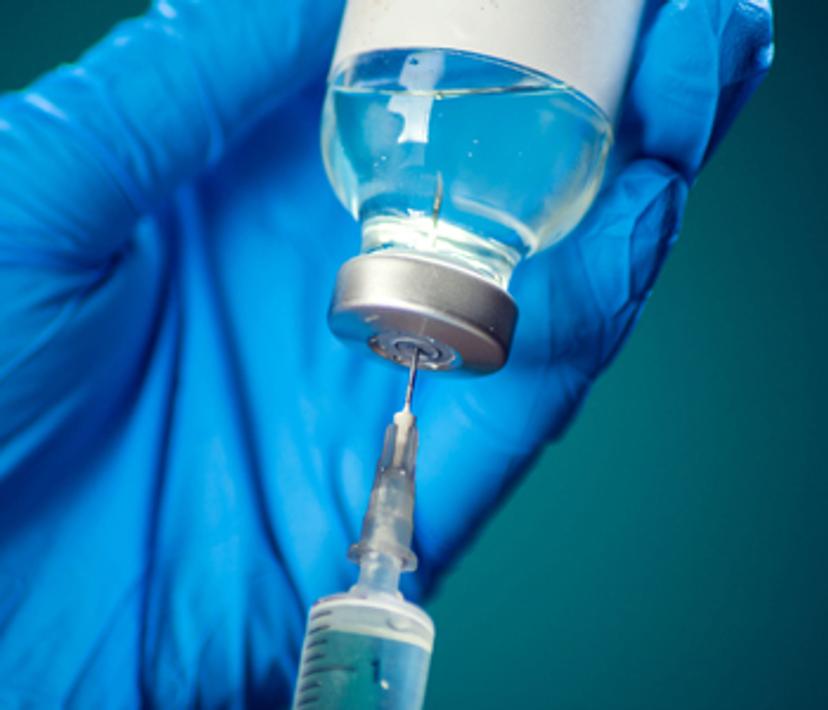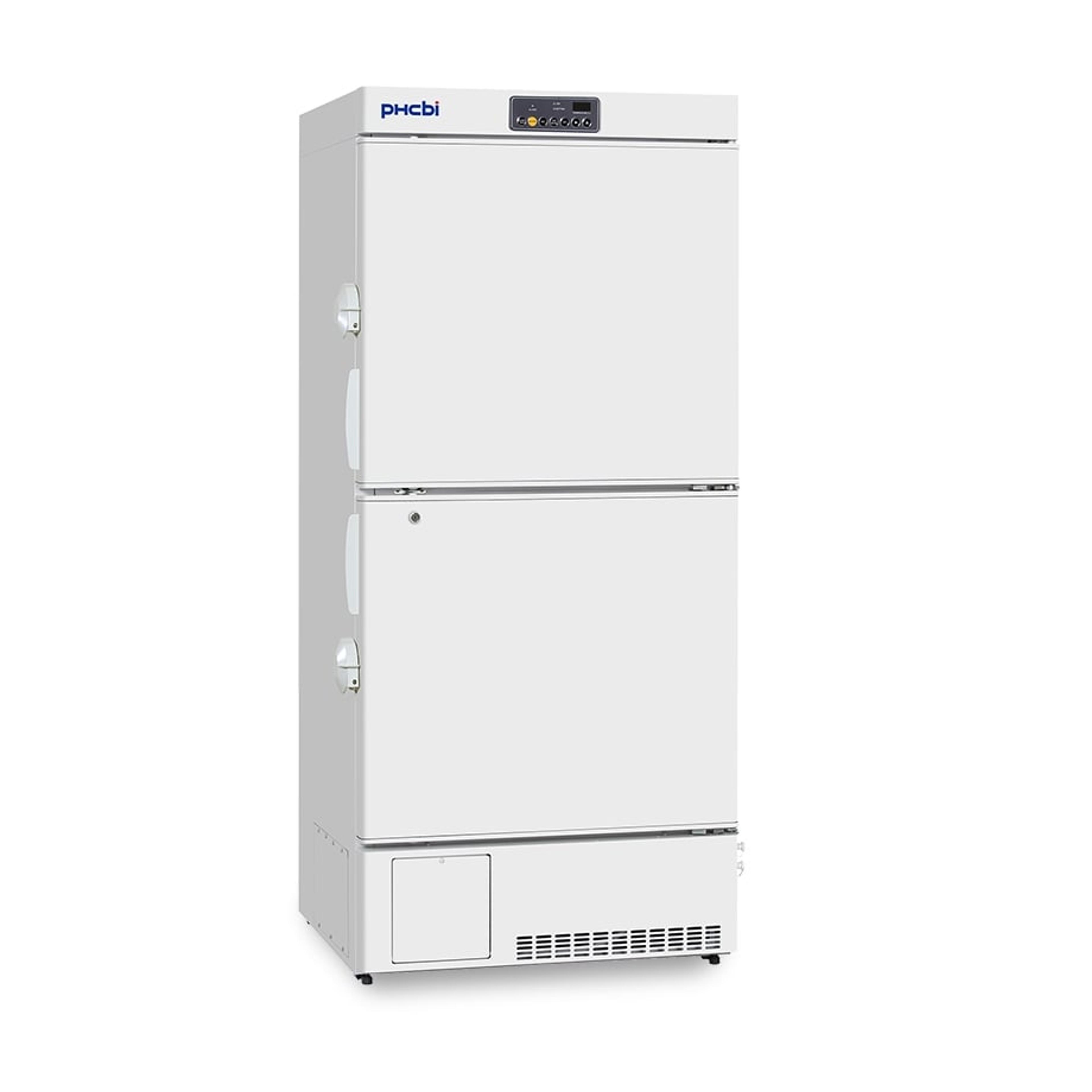Coronavirus mRNA vaccine: Top tips for optimal storage and transportation
With the COVID-19 vaccination program now under way, we take a closer look at key considerations to ensure these vital preparations remain in prime condition
23 Dec 2020

Vaccine season has taken on a different look this year. But what has changed and how can your organization prepare to meet the challenges? In this guest editorial, Carl Radosevich, Senior Manager, Scientific Applications & Collaborations, PHC Corporation of North America, shares key considerations for vaccine storage and transportation.
The mRNA COVID-19 vaccine
Messenger RNA (mRNA) is a naturally occurring molecule within the cells of our bodies. Unlike its stable cousin, DNA, mRNA’s natural structure is meant to easily degrade once it has delivered the required “instructions” the cell needs to divide, fight diseases, or simply live.
Many decades of research have enabled scientists to utilize mRNA technologies for an array of research and medical applications. However, the latest innovative use within vaccine development has attracted particular attention — compared to traditional formats, mRNA vaccines are relatively simple to design and manufacture, making them leading candidates in the urgent race for a COVID-19 vaccine.
While the concept is straightforward - artificially produce mRNA molecules containing the “instructions” that direct our cells to create SARS-CoV-2-fighting particles - maintaining mRNA stability while outside of our bodies presents a multitude of logistical hurdles, each requiring careful attention.
Vaccine storage & transportation
mRNA utilized in research and clinical laboratories is traditionally stored in -80°C freezers. Ultra-low temperatures arrest molecular movement and enzyme activity within mRNA samples, preserving their structure and function for many years. An ultra-low temperature (ULT) freezer is a staple in every life science laboratory, but in clinics and hospitals where conventional vaccines are stored between 2°C and 8°C, specialized freezers generally do not exist. Many non-traditional locations are also in contention for vaccine distribution this year, such as stadiums and parking lots. To further add to the complexity, two leading mRNA vaccine manufacturers will require two separate temperature storage points (-20°C & -80°C), requiring separate, specialized units.
Vaccine administration sites must be quickly equipped with appropriate cold storage equipment:
- In the upcoming weeks and months, approved vaccines will require different temperature setpoints, including -80°C, -20°C and 2°-8°C.
- When considering the best ULT freezer for COVID-19 vaccine storage, a balance of low energy consumption, longevity, and temperature performance is critical.
- Freezers must have uniformity of temperature in the chamber when the door is closed and the ability to recover cold temperatures after a door opening.
- It is critical that vaccines stored and transported at subzero temperatures complete a “thawing” event inside a refrigerator specifically designed for storage at 2-8°C before patient administration. Cold storage equipment that is purpose-built for vaccine storage is critical.
- The inability of an ultra-low temperature freezer to provide stable temperatures at designated setpoints may compromise the vaccine’s viability, leading to improper immunization of the public and possible financial loss.
Purpose-built vaccine storage
For over 50 years, PHCbi brand biomedical freezers and pharmaceutical refrigerators have offered a comprehensive selection of cold-chain storage solutions for high-value vaccines and other biologics. The range of units feature cabinets that are based on high-performance refrigeration platforms engineered for reliability, temperature uniformity, fast temperature recovery, and tolerance for real-world conditions. Many of the models have been evaluated by ENERGY STAR and all can be supplemented by remote data monitoring. PHCbi also offers extensive pre-delivery calibration and validation services to further enhance purchase confidence.
Learn more at www.phchd.com/us/biomedical/vaccine-storage



